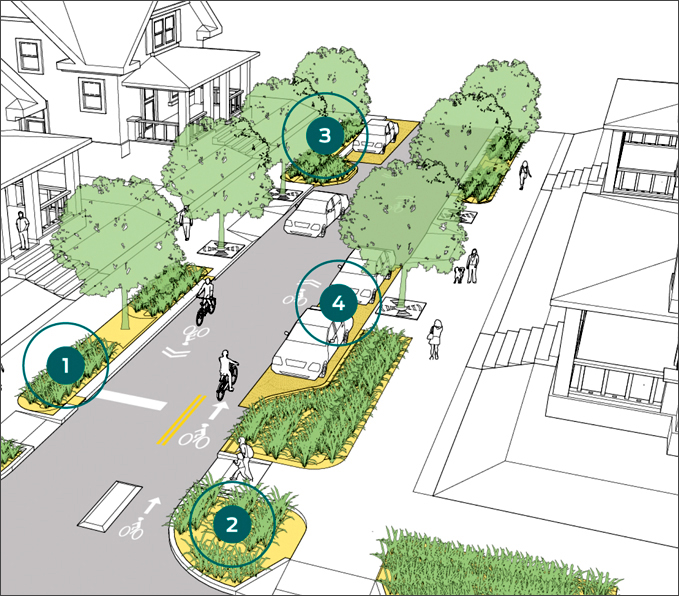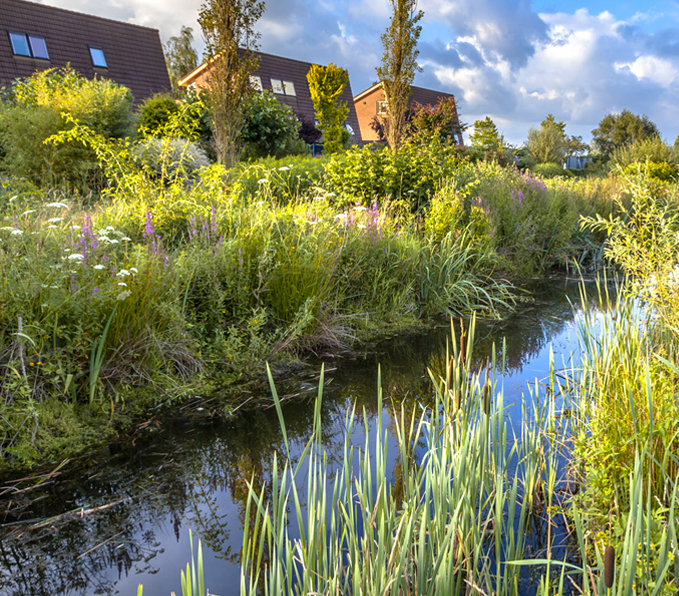PlaceMakers Toolbox
Green Infrastructure Toolkit
Green infrastructure encompasses a range of innovative, nature-based solutions, such as green roofs, rain gardens, permeable pavements, and bioswales. These approaches work in harmony with the environment to manage stormwater, reduce urban heat island effects, and promote biodiversity. By integrating green infrastructure into urban planning, we can make our communities more resilient, sustainable, and adaptable to the challenges of a changing climate.
The PlaceMakers Green Infrastructure Toolkit is based on best practices for incorporating green infrastructure into local government planning and projects. It provides a comprehensive set of 25 key actions that local governments can implement to create more sustainable and resilient communities.
And it’s available as a free, interactive document.
Each of the 25 actions includes the necessary regulatory or policy tool for implementation, as well as methods, key points, and interventions required to see it through. We’ve highlighted different methods for each action, providing flexibility and adaptability to suit your community’s unique needs.
The Toolkit’s coauthors include many stormwater specialists, but also urbanists who understand the importance of the elements of the built environment coming together to form complete communities. In addition to principal author Hazel Borys, coauthors include: Kaid Benfield, Scott Bernstein, Paul Crabtree, Bruce Donnelly, Scott Doyon, Susan Henderson, Steve Mouzon, Milt Rhodes, and Colleen Sklar.


![]() The Green Infrastructure Toolkit by Hazel Borys, et al. is licensed under a Creative Commons Attribution-NonCommercial-ShareAlike 3.0 Unported License. Based on work at placemakers.com/green-infrastructure/.
The Green Infrastructure Toolkit by Hazel Borys, et al. is licensed under a Creative Commons Attribution-NonCommercial-ShareAlike 3.0 Unported License. Based on work at placemakers.com/green-infrastructure/.

